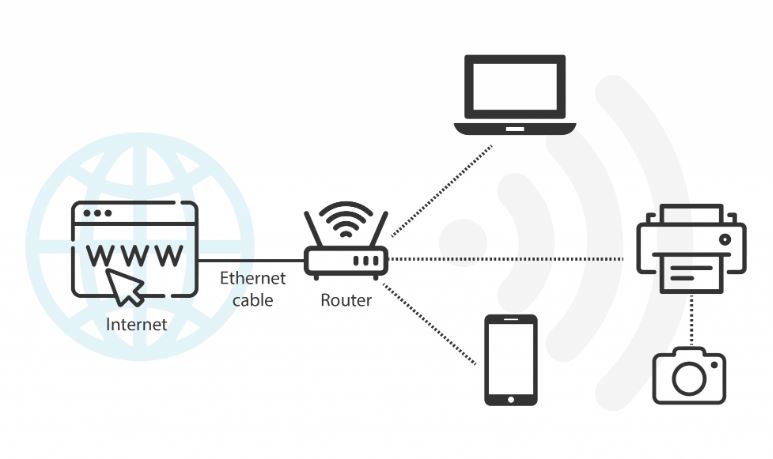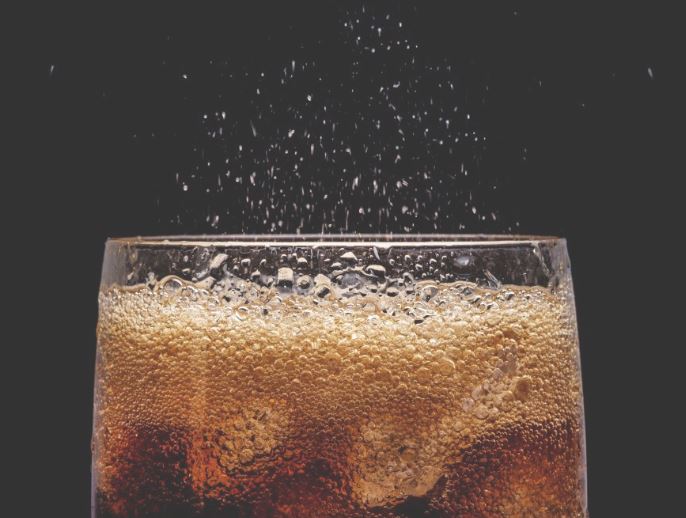Overfishing simply means catching so much fish in a given body of water that those left behind can’t reproduce enough to replace those who have been caught. This can take place in both freshwater and marine environments, with underpopulation as its first effect. Other effects of overfishing include resource depletion, reduced growth, and low biomass. While fish can recover from overfishing, it would also depend on whether the ecosystem can support their recovery or not.
Overfishing can result in what scientists call an ecosystem shift.
Ecosystem shifts involve abrupt, large-scale, and long-lasting changes in an ecosystem. Scientists also call it a regime shift, with a regime referring to the way an ecosystem’s built, as well as how it works. Usually, the loss of one or more parts of an ecosystem will cause changes in the rest. It may also cause it to collapse, but it’s also possible for another species or factor to simply replace the lost part of the ecosystem. This replacement could then completely change how the ecosystem works, resulting in a regime shift.
An example of this involves the overfishing of trout, which may allow carp to replace them as the dominant fish species in a given environment. More than that, the carp become so dominant that trout simply can’t recover from overfishing, or even maintain a breeding population at all.
Bycatch also contributes to overfishing.
Bycatch refers to unintentionally catching other fish and aquatic species with commercial species when fishing. As bycatch typically has no commercial value, fishermen usually just dump it back into the sea. In theory, doing so lets them live back in the sea, but in practice, bycatch usually die from injury or shock from getting caught in the first place. On average, bycatch makes up to 25% of all fish caught, and in some cases, can go even higher. For example, bycatch in shrimp fishing actually accounts for up to five times the commercial catch. This means many fish and other species die for no reason, further adding to the effect overfishing has on the environment.
One way of doing so involves banning fishing in areas where bycatch tends to become high from how so many species live there. Another way involves the use of Bycatch Reduction Devices (BRDs), though, this can become expensive. That said, they do work, with BRDs noted as having reduced bycatch by 30% to 40%.
Governments have also banned longline fishing, as this method can cause very high bycatch rates. Other governments have also banned the practice of throwing away bycatch at all. By forcing fishermen to keep everything they catch, this also forces them to care about bycatch. This, in turn, gives incentive to avoid or reduce bycatch from how they can’t profit off of it.
Bycatch doesn’t always get thrown away, though.
In some countries, usually in Asia, Africa, and Latin America, bycatch may get sold at the market. They usually sell for lower prices, marketed as assorted seafood or even as a seafood medley. In other cases, bycatch gets ground up, usually for making organic fertilizer, but also as fish meal or even as food for fish farms. Asian countries, in particular, use bycatch as an ingredient in producing fish sauce. Bycatch also gets used as an ingredient in making fish paste or fish cakes, either for domestic use or export.


